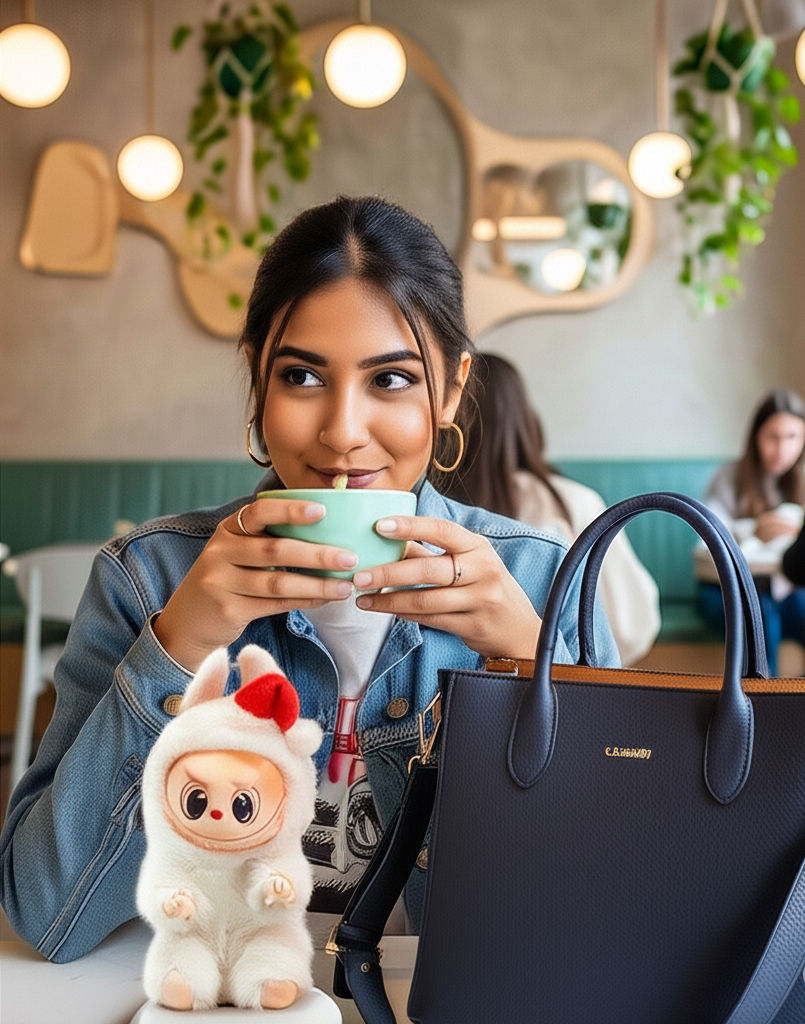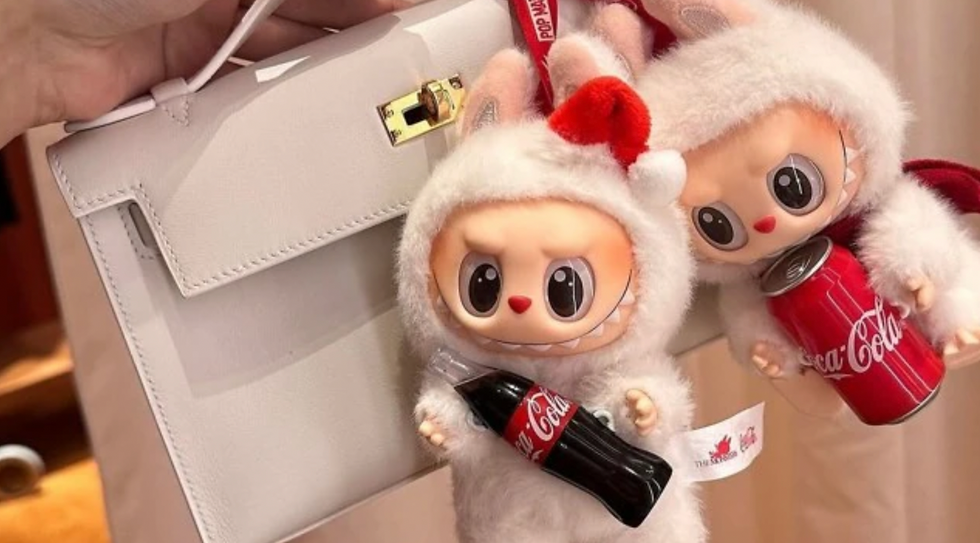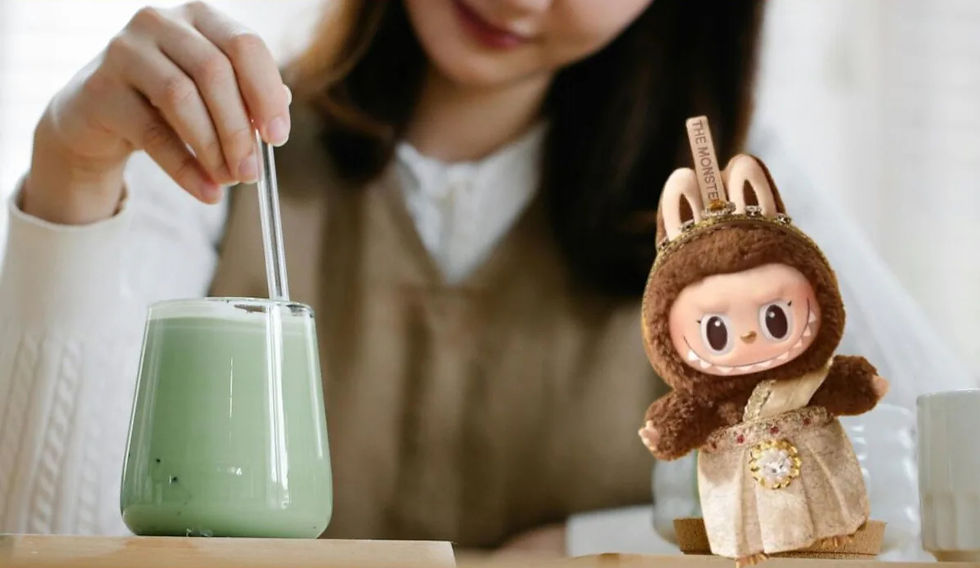Matcha, Labubu & the Cost of Cool
- radhika-sinha

- Jun 21
- 3 min read
As a marketing girlie, my life runs on algorithms, aesthetics, and attention spans. While most people engage with viral trends for FOMO or fun, I like to pause and peel the layers—to understand what makes a trend explode and how it's building entire businesses along the way. Over the last few months, two wildly different yet wildly viral trends—Labubu dolls and Matcha lattes—have taken over our feeds. But what do they reveal about the modern consumer psyche? Let’s break it down.

Labubu: The Doll That Became a Billion-Dollar Mood
The story of Labubu begins in 2015 with Hong Kong-based artist Kasing Lung, who crafted the doll inspired by Nordic fairytales. While it entered Pop Mart’s blind box lineup in 2018, Labubu didn’t hit global virality until BLACKPINK’s Lisa casually attached one to her Birkin. Suddenly, Labubu was more than a toy—it was a Gen Z status symbol.
The concept? You buy a blind box without knowing which doll you’ll receive—pure dopamine-driven anticipation. This “surprise and delight” model helped Pop Mart reach a jaw-dropping $38 billion valuation. Wang Ning, Pop Mart’s founder, is now among China’s top 10 richest, with a net worth of $22.7 billion.

Labubu isn’t just cute—it’s collectible. Resale prices range from $149 to $300+, and niche markets have sprung up around custom outfits, trading groups, and yes, counterfeit Lafufus. The toy isn't just a physical object; it’s emotional currency in an unstable world.
We often talk about the lipstick effect—how during economic uncertainty, consumers indulge in small luxuries to feel in control. Labubu is the new lipstick. A micro-luxury in a macro-chaotic world. It’s what you buy when you can’t afford a Birkin, but want to signal taste, playfulness, and belonging.
So, is it about joy? Or is it about coping? When serotonin becomes transactional, who’s really winning?
Matcha: From Ancient Ritual to Instagram Main Character
Now let’s talk about the green swirl that has colonized your algorithm—Matcha. With roots tracing back 800+ years in Japanese culture, matcha was once a ceremonial beverage. Today, it’s the reigning monarch of café menus, Pinterest boards, and morning rituals.
The early adopters? Exactly who you’d expect: Gen Z, millennials, fitness freaks, and your local wellness influencer. It's being hailed as the clean caffeine alternative, with health benefits like slow-release energy, antioxidants, and better skin (supposedly). But let’s be honest—it’s also about aesthetics.

Social media made matcha go viral. With its vibrant green hue, silky textures, and endless remix potential (strawberry-matcha, lavender-matcha, iced-matcha-vanilla-oat), it’s a marketer’s dream. Today, entire cafés are branding themselves around matcha culture, while communities like “Matcha Girl” or “Matcha Morning Club” are dominating TikTok.
In India, while matcha is still considered premium and niche, the demand is catching up. We’re seeing matcha cross over from cafes to skincare, supplements, and even desserts—matcha cookies, pancakes, and ice cream are blowing up. What was once "too bitter" is now bottled and boxed into lifestyle.
At its core, matcha represents an aspirational lifestyle: soft mornings, self-care, and clean living. But it’s also a perfect case study of how ancient wellness is being rebranded, re-priced, and re-sold to a digital-first generation.
Fad or Function—Why Trends Matter More Than You Think

Whether it’s Labubu or matcha, these trends are more than aesthetic noise—they're emotional band-aids in a volatile economy. One offers comfort in a box; the other, calm in a cup. But both are united by a common thread: the pursuit of identity through consumption.
In a world where traditional luxury is increasingly inaccessible, trend-based purchases offer instant gratification, micro-ownership, and social validation. They're not just products—they’re social props. And behind every “just for fun” trend is a multi-billion dollar machine designed to sell your belongings.
So the next time a shiny new trend pops up, ask yourself: is it joy, or is it strategy? And more importantly—who’s cashing in on your craving?



Comments